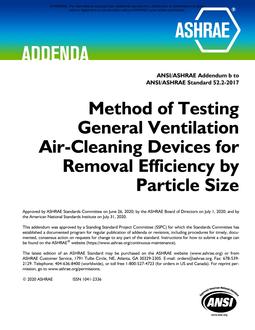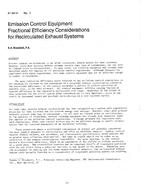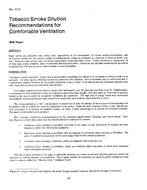Numerous arguments have been made in favor of the use of unvented cathedralized attic (UCA) assemblies in a variety of climates and applications. UCA assemblies, created by eliminating ventilation and by moving the thermal insulation and air barrier from the ceiling plane to the rafters, immediately below the roof deck, are increasingly common in low-rise residential construction in the hot-humid and hot-dry southern United States Unvented cathedral ceilings (UCCs) are similar to UCAs with the exception that the interior finish is also installed on the underside of or between the rafters rather than on the underside of the ceiling joists or collar ties. A more comprehensive explanation of these concepts is included in the Background section of the paper.
Recent changes to the International Residential Code (IRC) permit the construction of UCA and UCC assemblies. While no similar allowances have been made in any of the Canadian building codes, local building officials have permitted the construction of UCA and UCC assemblies in some jurisdictions. Section R806.4 of the 2006 IRC permits the construction of an unvented cathedralized attic or unvented cathedral ceiling with an air impermeable insulation provided that insulation is installed directly to the underside of the roof deck and is of sufficient thermal resistance to prevent the average monthly interior surface temperature of the foam from going below 7°C (45°F).
The test program described in this paper sets out to determine whether or not an assembly that meets the new IRC code requirements but is constructed without a vapor barrier and using an air impermeable, vapor permeable, low-density, open-cell sprayed polyurethane foam insulation can perform satisfactorily in the cold wet climates of Seattle, WA and Vancouver, BC (Zone 4C). Further details of the construction are provided in the paper.
A test house was constructed using the proposed UCC assembly and instrumented with sensors that measure temperature, relative humidity (RH) and moisture content (MC) within the assembly as well as basic boundary conditions such as indoor temperature and RH, outdoor temperature and RH, solar radiation, roof wetting (i.e. via condensation or rain). The sensors were monitored continuously by a monitoring system that could be accessed remotely without disturbing the occupants of the house.
Data was collected over the course of the first two fully occupied winters and analyzed. In the second summer, a visit was paid to the site to make some inspection openings, take some MC readings with hand-held meters and collect some painted drywall samples for permeance testing and wood sheathing samples for determining species calibrations for electrical resistances vs. moisture content. All of these activities are presented and discussed in this paper.
Presented at Thermal Performance of Exterior Envelopes of Whole Buildings X – December 2007
Units: Dual
Citation: Thermal Performance of Exterior Envelopes of Whole Buildings X
Product Details
- Published:
- 2008
- Number of Pages:
- 8
- File Size:
- 1 file , 1.3 MB
- Product Code(s):
- D-BldgsX36


